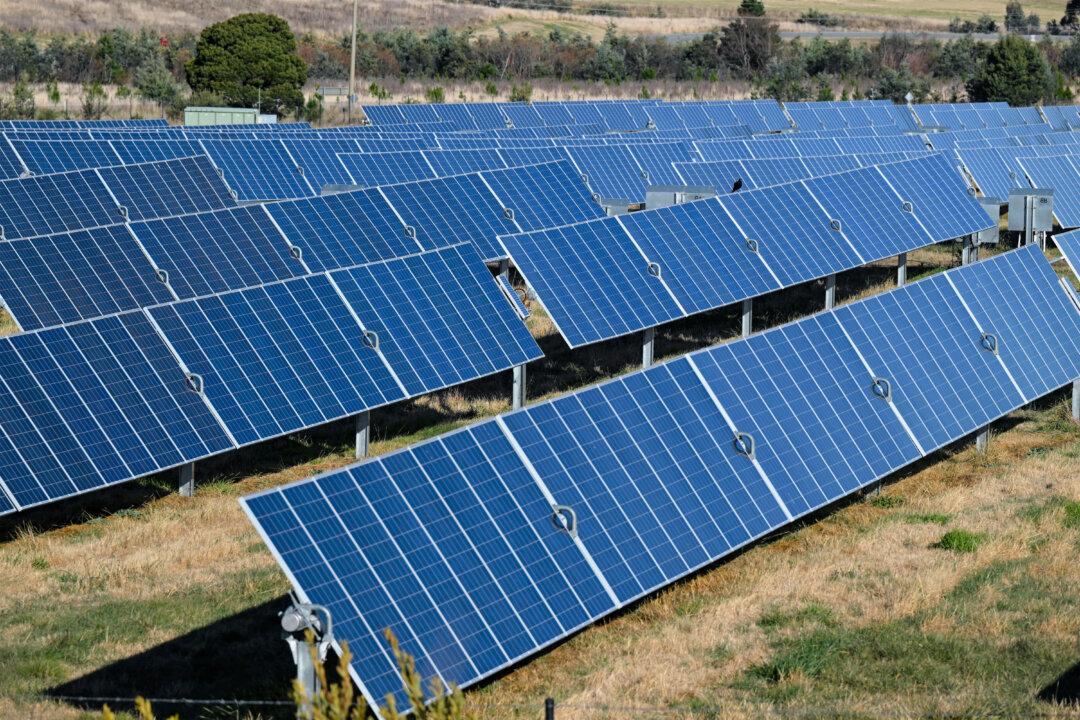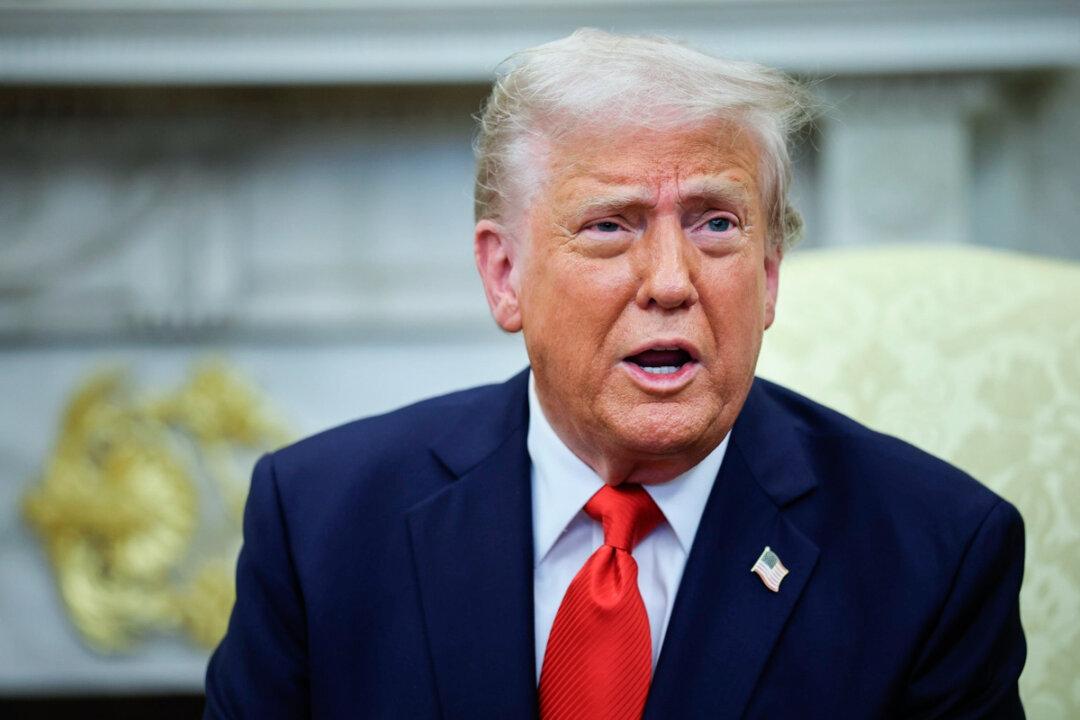The Albanese government has selected 19 renewable energy projects aimed at supply power to 3 million Australian households.
These projects span New South Wales (NSW), Queensland, Victoria, and South Australia. They include solar, wind and hybrid systems integrated with batteries, ensuring energy availability day and night.
Most projects are expected to be operational by 2028.
The first national tender process, launched in May, selected the projects from 84 bids based on their capacity to reduce wholesale energy prices, improve reliability, and benefit local communities, including Indigenous Australians.
The initiative promises $660 million (US$420 million) in shared community benefits, $280 million for Indigenous investments, $14 billion in local business spending, and $60 million for employment in NSW.
“These 19 projects are more than we scheduled—6.4 gigawatts, when we asked for 6 gigawatts,” said Energy Minister Chris Bowen.
Expanding Minerals for a Renewable Future
To strengthen critical mineral supply chains vital for renewable energy technologies, the government has committed $75 million to a partnership between the Clean Energy Finance Corporation (CEFC) and Resource Capital Funds (RCF).This collaboration focuses on sourcing lithium, nickel, and copper for battery and electrification needs.
CEFC, backed by $30 billion in government funding, is accelerating Australia’s decarbonisation efforts, positioning the nation as a leader in the global transition to net zero.
Opposition Advocates Nuclear Energy
Federal Opposition Leader Peter Dutton urged a balanced energy approach, arguing for nuclear power alongside renewables to meet increasing energy demands.Writing in the South Australian Sunday Mail, Dutton stated, “The time for nuclear is now,” highlighting its role in providing reliable, 24/7 baseload power essential for industries like data centres and automation.
He criticised Labor for excluding nuclear energy, describing the Coalition’s approach as prioritising environmental and economic stability.
Bowen Defends Energy Relief Amid Power Price Debate
Bowen addressed concerns over power bills during an interview with ABC Radio, defending the government’s cost-of-living measures.When asked if power bills would be $275 cheaper without subsidies, Bowen responded, “I don’t quite follow the logic of that question.”
Citing the Australian Bureau of Statistics, he said Australia has seen the largest reduction in energy bills in its history, with prices decreasing by over 30 percent.
Bowen acknowledged global energy price pressures but pointed out that Australia’s increases are lower than many comparable countries.
The Albanese government has been scrutinised for not fulfilling its promise of reducing energy bills.







